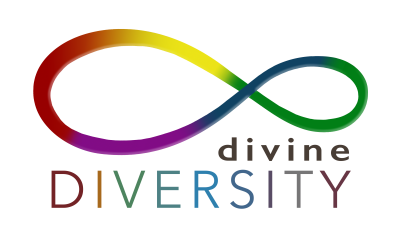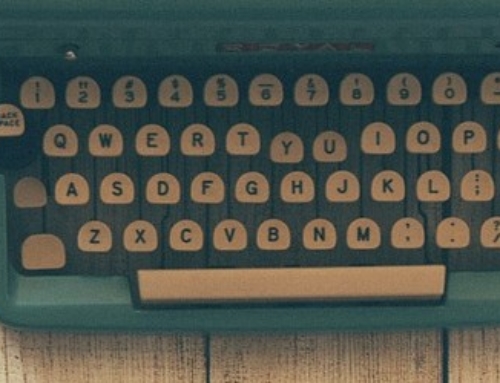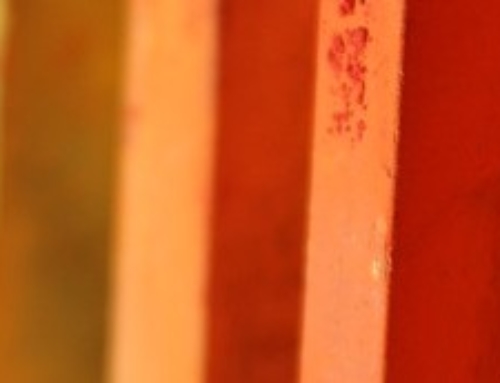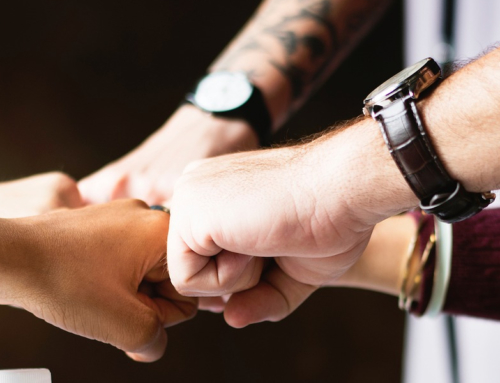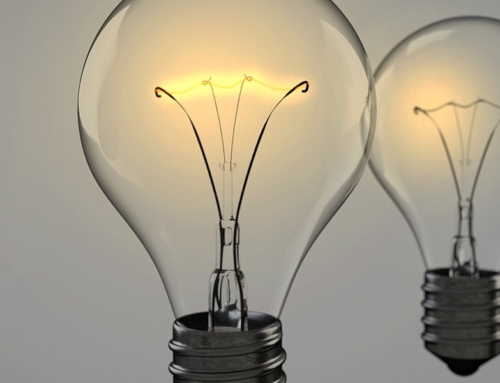When talking with people as diversity educators, we often hear acceptance for gay and lesbian identities but lack of tolerance for bisexuality. We often hear acceptance for trans people who want to transition from ONE side of the gender binary to the OTHER, but a lack of tolerance for non-binary people. Why is this?
Notice that both bisexual and non-binary identities challenge people’s ideas of a gender binary – that there are only 2 genders, men and women. If you are gay, you are attracted to same sex people, but if you are bi… how can you be attracted to all genders? If you are trans and were “born in the wrong body,” some people can find sympathy for what they see as a medical condition, and the dire need to hop over the fence between one space and another. If however, a person tries to express that (for them) there is no fence and they are occupying a whole other space that has a completely different landscape… this can become much more challenging.
Let’s picture a large field with a line down the centre. One side is pink grass for girls and the other side is blue grass for boys. Within this metaphor, it is obviously impossible to stand ON the narrow line down the middle. People who try to do this are called “fence sitters” or “confused” because they are claiming to occupy a space that we have been told does not exist.
When someone is expressing an identity that seems impossible to us, we need to listen carefully and ask many questions. They may be challenging our fundamental ideas about how identity works, but that does not mean they are lying, stupid or dangerous. It means that we have held on to a cultural blind spot that has been quietly erasing people for hundreds of years, and it’s our job to map out a new understanding of this newly visible space.
This article can act as a great first step in making this kind of journey towards understanding. There’s nothing quite like personal story from the person who has lived it. Stories are powerful. Keep in mind, one story does not represent everyone in this space, but it’s a great start in understanding a little of what is possible there.
My life without gender: ‘Strangers are desperate to know what genitalia I have’

